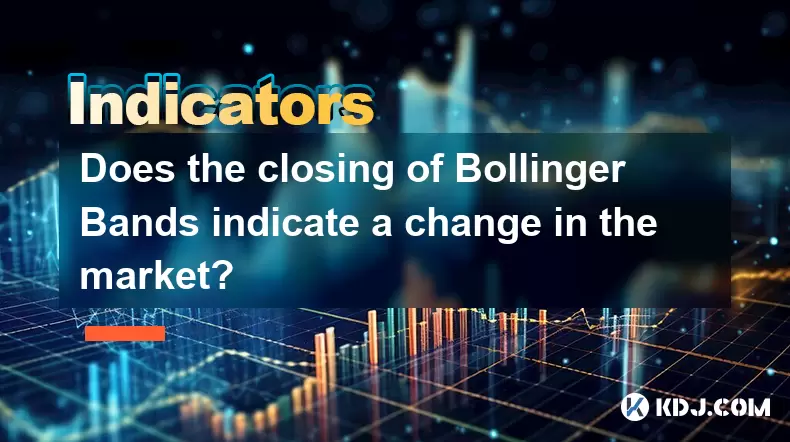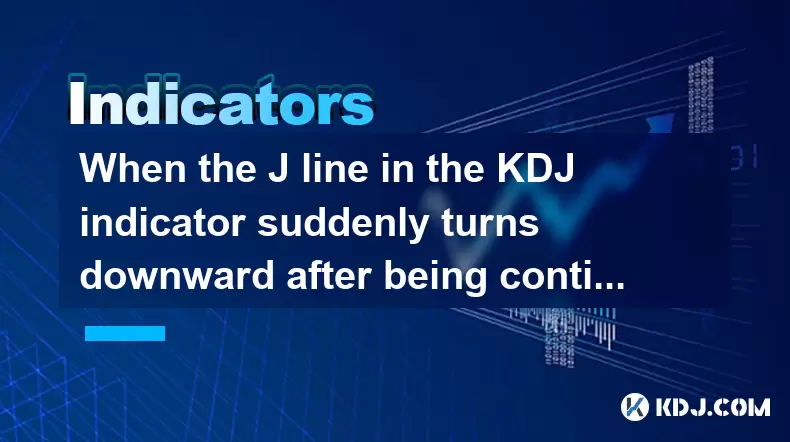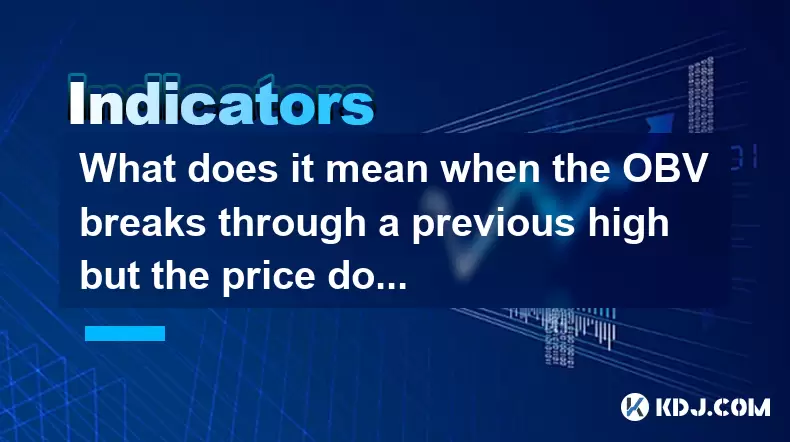-
 Bitcoin
Bitcoin $116700
0.24% -
 Ethereum
Ethereum $3973
4.34% -
 XRP
XRP $3.283
7.68% -
 Tether USDt
Tether USDt $1.000
0.01% -
 BNB
BNB $789.8
2.27% -
 Solana
Solana $176.2
3.31% -
 USDC
USDC $0.9999
0.00% -
 Dogecoin
Dogecoin $0.2238
5.14% -
 TRON
TRON $0.3389
-0.51% -
 Cardano
Cardano $0.7907
4.03% -
 Stellar
Stellar $0.4527
10.02% -
 Hyperliquid
Hyperliquid $41.07
4.27% -
 Sui
Sui $3.794
1.77% -
 Chainlink
Chainlink $19.49
10.40% -
 Bitcoin Cash
Bitcoin Cash $580.9
0.74% -
 Hedera
Hedera $0.2617
4.32% -
 Avalanche
Avalanche $23.41
3.67% -
 Ethena USDe
Ethena USDe $1.001
-0.03% -
 Litecoin
Litecoin $122.4
1.38% -
 Toncoin
Toncoin $3.364
1.49% -
 UNUS SED LEO
UNUS SED LEO $8.988
0.37% -
 Shiba Inu
Shiba Inu $0.00001295
2.82% -
 Uniswap
Uniswap $10.62
5.75% -
 Polkadot
Polkadot $3.922
4.46% -
 Dai
Dai $1.000
0.01% -
 Bitget Token
Bitget Token $4.494
2.15% -
 Monero
Monero $268.0
-1.30% -
 Cronos
Cronos $0.1523
3.68% -
 Pepe
Pepe $0.00001127
4.43% -
 Aave
Aave $285.4
4.85%
Does the closing of Bollinger Bands indicate a change in the market?
The closing of Bollinger Bands in cryptocurrency trading often signals a potential market breakout, prompting traders to prepare for significant price movements.
Jun 01, 2025 at 09:49 pm

Does the closing of Bollinger Bands indicate a change in the market?
In the world of cryptocurrency trading, technical analysis tools like Bollinger Bands are widely used to gauge market volatility and potential price movements. The closing of Bollinger Bands, often referred to as the squeezing of the bands, is a phenomenon that many traders pay close attention to. This article delves into the intricacies of Bollinger Bands, their relevance in the cryptocurrency market, and whether their closing indeed signifies a change in market conditions.
Understanding Bollinger Bands
Bollinger Bands, developed by John Bollinger, consist of three lines: a simple moving average (SMA) in the middle, an upper band, and a lower band. The upper and lower bands are typically set two standard deviations away from the SMA. The width of the bands is directly related to market volatility; wider bands indicate higher volatility, while narrower bands suggest lower volatility.
The closing or squeezing of Bollinger Bands occurs when the bands move closer together, indicating a period of low volatility. This narrowing can be a precursor to significant price movements, as periods of low volatility often precede high volatility.
The Significance of Bollinger Bands in Cryptocurrency Trading
In the cryptocurrency market, where price swings can be dramatic, Bollinger Bands serve as a crucial tool for traders. The squeezing of the bands can signal that the market is about to experience a breakout, either to the upside or downside. This makes it an essential indicator for traders looking to capitalize on potential price movements.
Cryptocurrencies like Bitcoin, Ethereum, and others often exhibit high volatility, making the use of Bollinger Bands particularly relevant. Traders use these bands to identify potential entry and exit points, helping them to make informed trading decisions.
Interpreting the Closing of Bollinger Bands
When the Bollinger Bands close or squeeze, it suggests that the market is in a state of consolidation. This period of low volatility can be seen as the calm before the storm, where the market is gathering energy for a potential breakout.
Traders often look for the following signs when the Bollinger Bands squeeze:
- Decreased Volatility: The narrowing of the bands indicates that the market is experiencing reduced price movements.
- Potential Breakout: A squeeze can signal that a significant price movement is imminent, prompting traders to prepare for a potential trade.
- Confirmation Signals: Traders often wait for additional confirmation, such as a candlestick pattern or a breakout above or below the bands, to validate their trading decisions.
Strategies for Trading Bollinger Band Squeezes
When the Bollinger Bands close, traders can employ various strategies to take advantage of the anticipated market change. Here are some common approaches:
- Breakout Trading: Traders enter a position when the price breaks out of the Bollinger Bands. A breakout above the upper band suggests a bullish move, while a breakout below the lower band indicates a bearish move.
- Reversion to the Mean: Some traders believe that prices will revert to the mean (the middle band) after a period of low volatility. They might enter a trade when the price moves away from the mean and expect it to return.
- Combining with Other Indicators: Traders often combine Bollinger Bands with other technical indicators, such as the Relative Strength Index (RSI) or Moving Average Convergence Divergence (MACD), to increase the accuracy of their predictions.
Practical Example of Bollinger Band Squeezing in Cryptocurrency
To illustrate how the closing of Bollinger Bands can indicate a market change, let's consider a hypothetical example involving Bitcoin.
Imagine that Bitcoin has been trading within a tight range for several weeks, and the Bollinger Bands have been squeezing. The upper band is at $45,000, the lower band is at $43,000, and the middle band is at $44,000. The market is showing signs of low volatility.
Suddenly, a significant news event related to Bitcoin adoption by a major company causes the price to break out above the upper band, reaching $46,000. Traders who were monitoring the squeeze and waiting for a breakout would have identified this as a potential buying opportunity, entering the market at the breakout point and potentially profiting from the subsequent price increase.
Monitoring Bollinger Bands in Real-Time
To effectively use Bollinger Bands and identify when they are closing, traders need access to real-time data and charting tools. Here are the steps to monitor Bollinger Bands in real-time:
- Choose a Trading Platform: Select a reliable cryptocurrency trading platform that offers advanced charting tools. Popular platforms include Binance, Coinbase Pro, and TradingView.
- Add Bollinger Bands to Your Chart: On the chosen platform, navigate to the chart settings and add Bollinger Bands to your chart. Set the parameters to a 20-period SMA with two standard deviations.
- Monitor the Bands: Keep an eye on the width of the Bollinger Bands. When you notice the bands squeezing, it may be an indication that the market is about to experience a significant change.
- Set Alerts: Many platforms allow you to set price alerts. Consider setting alerts for when the price breaks out of the Bollinger Bands to stay informed of potential trading opportunities.
Limitations and Considerations
While the closing of Bollinger Bands can be a powerful indicator, it is not infallible. Traders should be aware of the following limitations:
- False Signals: Not every squeeze leads to a significant price movement. Sometimes, the market may remain in a state of low volatility for an extended period.
- Market Context: The effectiveness of Bollinger Bands can vary depending on the overall market context. In highly volatile markets, the bands may squeeze more frequently, leading to more false signals.
- Risk Management: Traders should always use proper risk management techniques, such as setting stop-loss orders, to protect their investments when trading based on Bollinger Bands.
Frequently Asked Questions
Q1: Can Bollinger Bands be used for all cryptocurrencies, or are they more effective for certain types?
A1: Bollinger Bands can be applied to any cryptocurrency, but their effectiveness may vary depending on the specific asset's volatility. Highly volatile cryptocurrencies like Bitcoin and Ethereum tend to provide more reliable signals due to their larger price movements. However, traders should always consider the unique characteristics of each cryptocurrency when using Bollinger Bands.
Q2: How do I determine the optimal settings for Bollinger Bands in cryptocurrency trading?
A2: The standard settings for Bollinger Bands are a 20-period simple moving average with two standard deviations. However, traders may adjust these settings based on their trading style and the specific cryptocurrency they are trading. For more volatile assets, a shorter period and wider standard deviation may be more suitable, while less volatile assets might benefit from a longer period and narrower standard deviation.
Q3: Are there any other technical indicators that complement Bollinger Bands in cryptocurrency trading?
A3: Yes, several technical indicators can complement Bollinger Bands. The Relative Strength Index (RSI) can help identify overbought or oversold conditions, while the Moving Average Convergence Divergence (MACD) can provide additional confirmation of trend changes. Combining these indicators with Bollinger Bands can enhance the accuracy of trading signals.
Q4: How often should I check the Bollinger Bands to identify a squeeze?
A4: The frequency of checking Bollinger Bands depends on your trading strategy. For short-term traders, checking the bands multiple times a day or even in real-time may be necessary. Long-term traders might check the bands less frequently, perhaps daily or weekly, to identify longer-term trends and potential squeezes.
Disclaimer:info@kdj.com
The information provided is not trading advice. kdj.com does not assume any responsibility for any investments made based on the information provided in this article. Cryptocurrencies are highly volatile and it is highly recommended that you invest with caution after thorough research!
If you believe that the content used on this website infringes your copyright, please contact us immediately (info@kdj.com) and we will delete it promptly.
- Coinbase, Cosmos, and dYdX: Navigating the Crypto Currents
- 2025-08-09 06:30:16
- BNB Price, Altcoins, and Predictions: What's the Buzz?
- 2025-08-09 06:30:16
- Crypto Presale Projects Primed for Gains in 2025: A New Yorker's Take
- 2025-08-09 06:50:15
- Ruvi AI: The Millionaire Maker Poised for a Price Spike?
- 2025-08-09 06:50:15
- Cold Wallet, CoinMarketCap, Cardano & XRP: Navigating Crypto's Next Big Wave
- 2025-08-09 07:10:15
- Hedera (HBAR) Price Surge: Market Cap Soars, What's Next?
- 2025-08-09 07:10:15
Related knowledge

When the J line in the KDJ indicator suddenly turns downward after being continuously overbought, does it indicate a top?
Aug 09,2025 at 06:35am
Understanding the KDJ Indicator and Its ComponentsThe KDJ indicator is a momentum oscillator widely used in cryptocurrency technical analysis to ident...

What does it mean when the TRIX indicator suddenly diverges downward after a long period of convergence?
Aug 09,2025 at 12:56am
Understanding the TRIX Indicator in Cryptocurrency TradingThe TRIX indicator, or Triple Exponential Average, is a momentum oscillator used in technica...

What does it mean when the OBV breaks through a previous high but the price doesn't reach a new high?
Aug 09,2025 at 07:57am
Understanding the On-Balance Volume (OBV) IndicatorThe On-Balance Volume (OBV) is a technical analysis indicator that uses volume flow to predict chan...

Why is the rise limited after a MACD bottoming divergence?
Aug 09,2025 at 12:07am
Understanding MACD Bottoming Divergence in Cryptocurrency TradingThe MACD (Moving Average Convergence Divergence) is a widely used technical indicator...

What does it mean when the OBV continues to rise but the price is trading sideways?
Aug 08,2025 at 10:35pm
Understanding On-Balance Volume (OBV)On-Balance Volume (OBV) is a technical indicator that uses volume flow to predict changes in stock or cryptocurre...

What does a falling ADX in the DMI indicator mean?
Aug 09,2025 at 03:16am
Understanding the ADX and DMI Indicator FrameworkThe DMI (Directional Movement Index) is a technical analysis tool developed by J. Welles Wilder to id...

When the J line in the KDJ indicator suddenly turns downward after being continuously overbought, does it indicate a top?
Aug 09,2025 at 06:35am
Understanding the KDJ Indicator and Its ComponentsThe KDJ indicator is a momentum oscillator widely used in cryptocurrency technical analysis to ident...

What does it mean when the TRIX indicator suddenly diverges downward after a long period of convergence?
Aug 09,2025 at 12:56am
Understanding the TRIX Indicator in Cryptocurrency TradingThe TRIX indicator, or Triple Exponential Average, is a momentum oscillator used in technica...

What does it mean when the OBV breaks through a previous high but the price doesn't reach a new high?
Aug 09,2025 at 07:57am
Understanding the On-Balance Volume (OBV) IndicatorThe On-Balance Volume (OBV) is a technical analysis indicator that uses volume flow to predict chan...

Why is the rise limited after a MACD bottoming divergence?
Aug 09,2025 at 12:07am
Understanding MACD Bottoming Divergence in Cryptocurrency TradingThe MACD (Moving Average Convergence Divergence) is a widely used technical indicator...

What does it mean when the OBV continues to rise but the price is trading sideways?
Aug 08,2025 at 10:35pm
Understanding On-Balance Volume (OBV)On-Balance Volume (OBV) is a technical indicator that uses volume flow to predict changes in stock or cryptocurre...

What does a falling ADX in the DMI indicator mean?
Aug 09,2025 at 03:16am
Understanding the ADX and DMI Indicator FrameworkThe DMI (Directional Movement Index) is a technical analysis tool developed by J. Welles Wilder to id...
See all articles

























































































